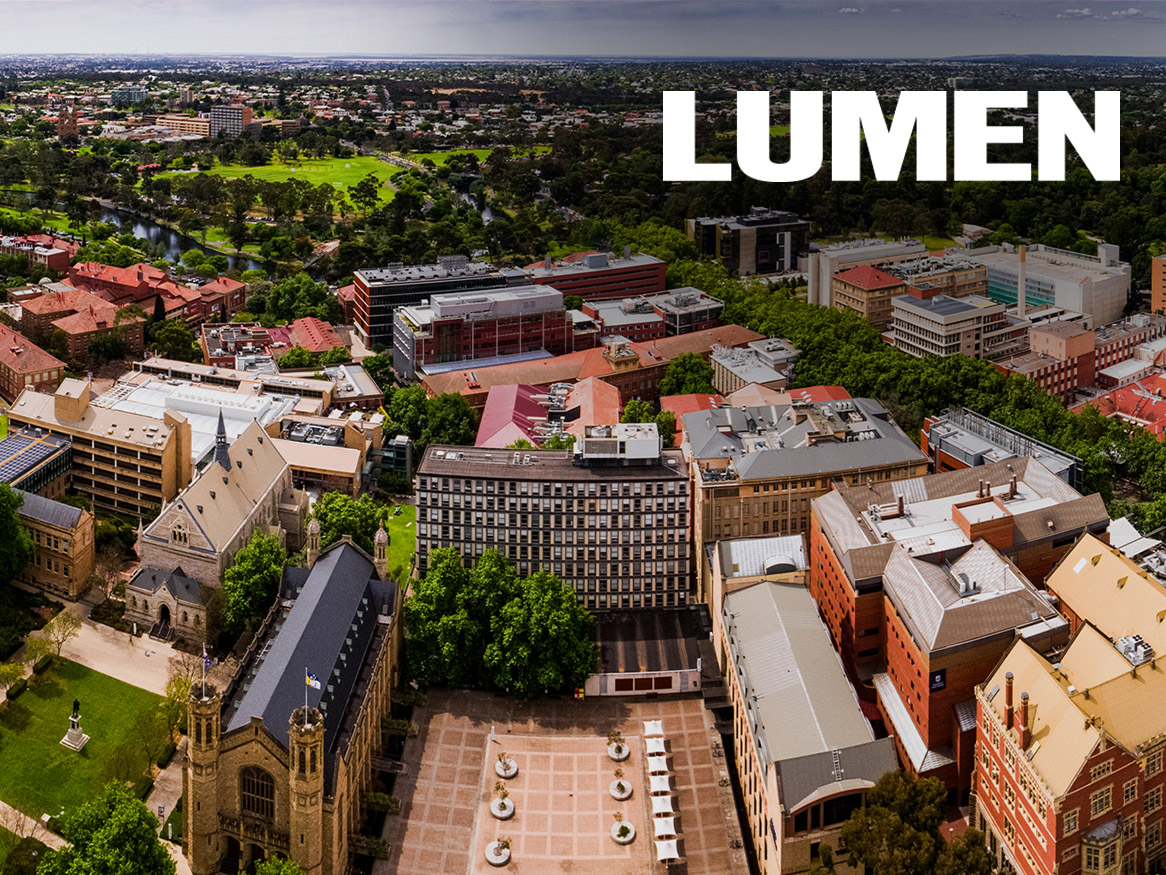Cosmic ray particles found to come from distant galaxies
Friday, 22 September 2017
A global collaboration of scientists including members from the University of Adelaide have discovered for the first time that cosmic ray particles bombarding Earth originate from other galaxies far outside our own Milky Way.
The finding by the Pierre Auger Collaboration resolves a 50-year-old debate – ever since the existence of high-energy cosmic rays was established in the 1960s – over whether these extremely high energy particles were created in our own galaxy or in distant galaxies.
Published today in the journal Science, the scientists reported observing an uneven pattern of arrival directions on the sky, with an excess of cosmic rays from a direction where the density of other galaxies is relatively high. There was less than one-in-a-million chance that this pattern could arise from an underlying uniform arrival direction.
“This clearly indicates an origin of particles outside of the Milky Way and is a very exciting outcome; the result of years of careful work with a highly tuned giant detector,” says Professor Bruce Dawson, from the University of Adelaide’s High-Energy Astrophysics Group, which has played a key role in the research. “This is the first conclusive evidence that real atomic material, not just star-light, arrives at Earth from distant galaxies.”
Cosmic rays are protons and atomic nuclei that travel through space at speeds just shy of the speed of light. The cosmic rays detected by the Auger Observatory have been accelerated to energies a million times greater than is possible in man-made particle accelerators like the Large Hadron Collider in Europe. They are extremely rare, arriving at Earth at a rate of only one per square kilometre per year, requiring a giant Observatory of 3000 square kilometres - much bigger than any metropolitan area in Australia; almost the size of Kangaroo Island.
The University of Adelaide is a leading player in the Auger Observatory, a collaboration of 400 scientists from 18 countries. University of Adelaide hosted the first observatory planning workshop for the Observatory 25 years ago. Currently 16 Adelaide scientists make key contributions to the Observatory operation and data analysis, including finding the best ways of measuring the cosmic ray energies, masses and arrival directions.
As one of the rare high energy cosmic ray enters the Earth’s atmosphere, it collides with an air molecule, and creates a giant cascade of subatomic particles which sweeps down through the atmosphere almost at the speed of light, in a disk-like swarm several kilometres in diameter. The cascade is detected at the Auger Observatory in two ways – either via telescopes recording the light created by the particles in the atmosphere, or by the 1600 particle detectors of the Observatory. Both techniques determine the arrival direction and the energy of the original cosmic ray although the actual sources have yet to be pinned down
“The sources of these particles may be extreme cosmic environments associated with supermassive black-holes at the centres of galaxies, or perhaps in massive shocks in colliding galaxies,” says Senior Research Associate Dr José Bellido, from the same University of Adelaide group.
The Observatory is currently undergoing an upgrade to narrow down the source candidates. “The University of Adelaide’s expertise in determining the composition of this material will be crucial in the next steps towards understanding its origin,” says Professor Roger Clay, also at the University of Adelaide.
Contact details
Email: bruce.dawson@adelaide.edu.au
High-Energy Astrophysics Group
The University of Adelaide
Business: +61 8 8313 5275
Mobile: 0439 119 335
Emeritus Professor Roger Clay
Email: roger.clay@adelaide.edu.au
High-Energy Astrophysics Group
School of Physical Sciences
The University of Adelaide
Business: 8313 5046
Dr Jose Bellido
Email: jose.bellidocaceres@adelaide.edu.au
Senior Research Associate
School of Physical Sciences
The University of Adelaide
Mobile: 0413 897 850
Media Team
Email: media@adelaide.edu.au
Website: https://www.adelaide.edu.au/newsroom/
The University of Adelaide
Business: +61 8 8313 0814







